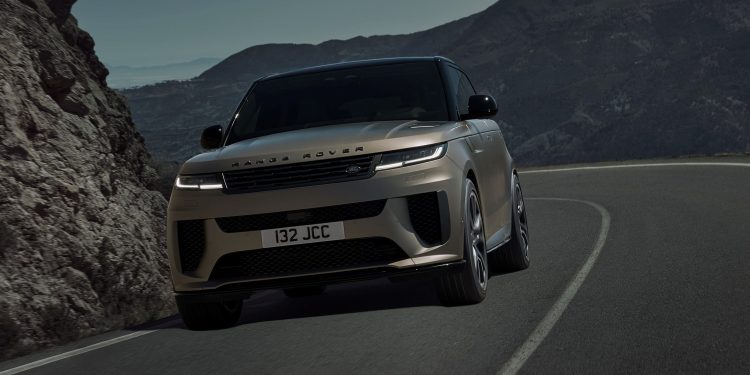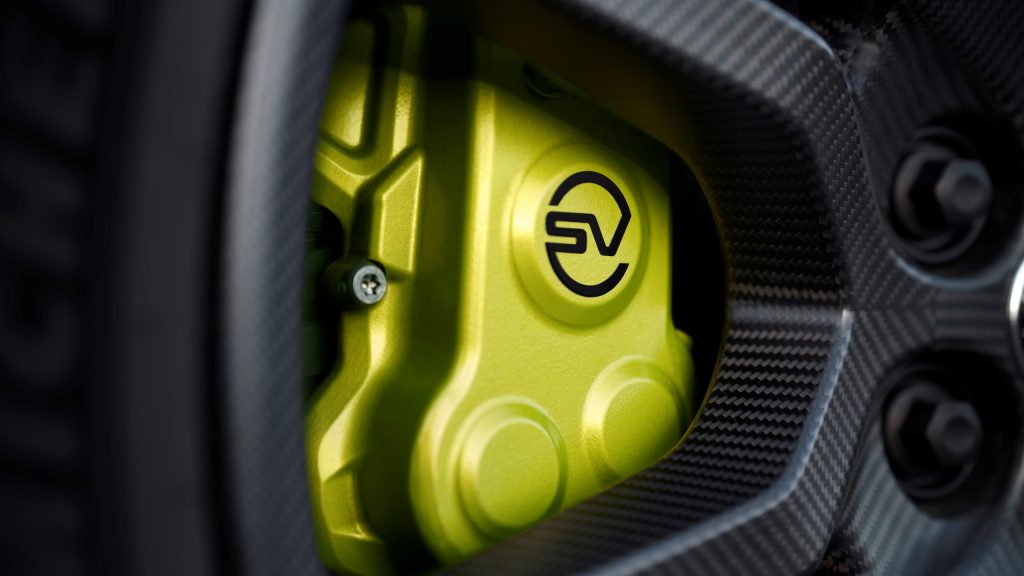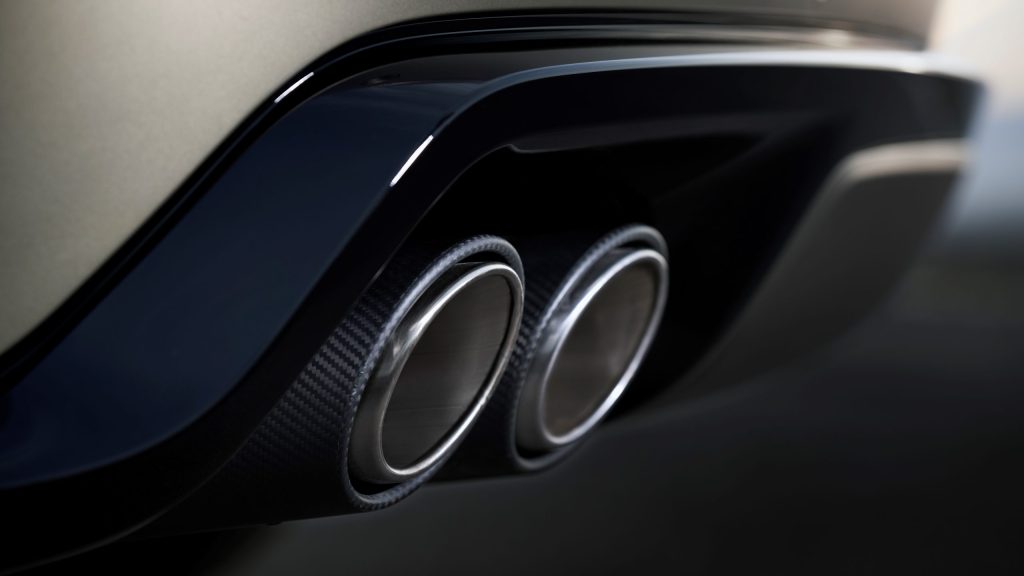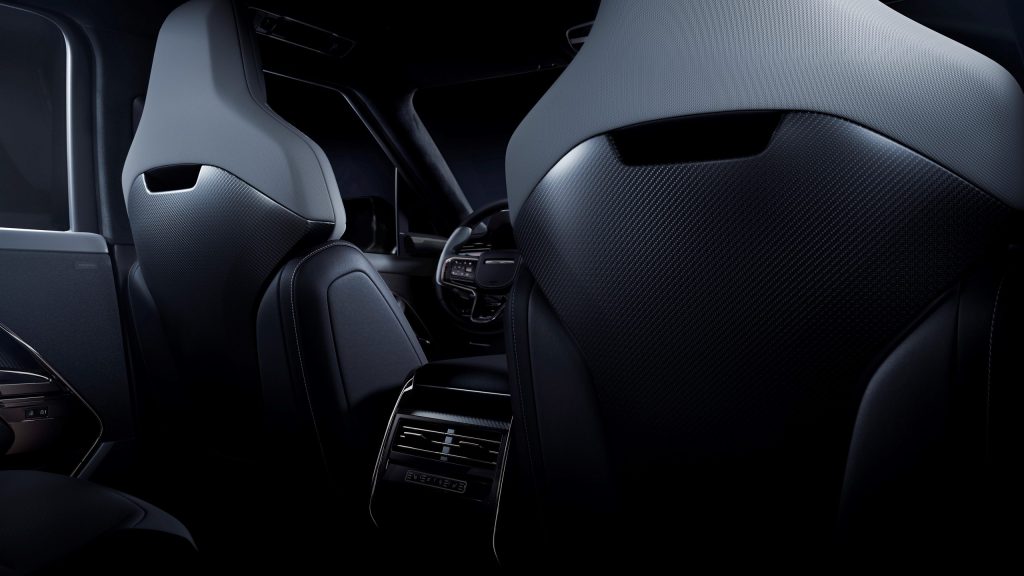Range Rover Sport SV revealed with 474kW
Words: Harrison Wade | Photos: Land Rover
Please sir, can I have some more power? Why yes says Land Rover, having just revealed the most powerful model it has ever created, the Range Rover Sport SV.
The old model was certainly no slouch, considering it could hit 100km/h from a standstill in just over 4.5 seconds. However, a new platform, engine, and the addition of a mild-hybrid system blows that figure out of the water, setting the tone for the future of the brand’s sports SUVs.
You’ll be pleased to know there’s still a V8 under the bonnet, but this time it comes from BMW instead of Jaguar. The 4.4-litre twin-turbo MHEV unit makes an extra 44kW and 50Nm of torque over the supercharged 5.0-litre of old, netting 474kW and 750Nm. There’s good news for the planet too as the mild hybrid system helps reduce CO2 emissions by 15 per cent over the previous model’s engine.
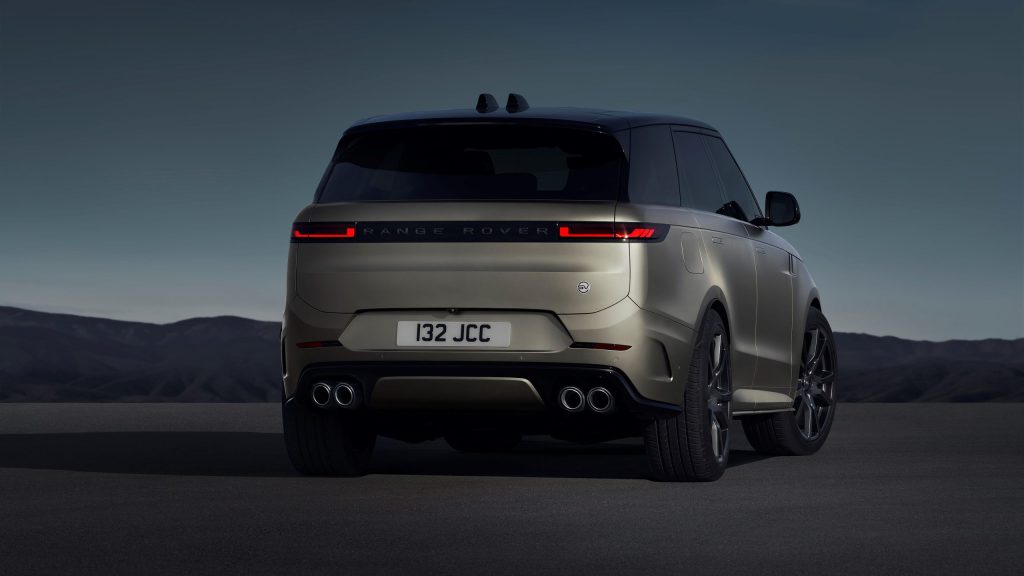
When translated to the road, a 0 to 100km/h sprint is achievable in a smidge over 3.6 seconds while top speed comes to 290km/h.
The Sport SV’s throw-you-back-in-your-seat performance is helped along by a weight saving of 76kg, partly in thanks to the world’s first 23-inch carbon fibre wheel option. That’s probably something you didn’t see coming from a Range Rover. A carbon fibre bonnet comes as standard, while carbon ceramic brakes can also be fitted as another first time option for the brand.
Also new to the model is its 6D Dynamics suspension system which is made up of hydraulic interlinked dampers, height-adjustable air springs, and pitch control. Oh and guess what, the system is also another world first. It’s pretty trick though, considering it removes the need for anti-roll bars, reducing pitch and roll to maintain a near-level body stance during hard cornering and acceleration on it’s own.
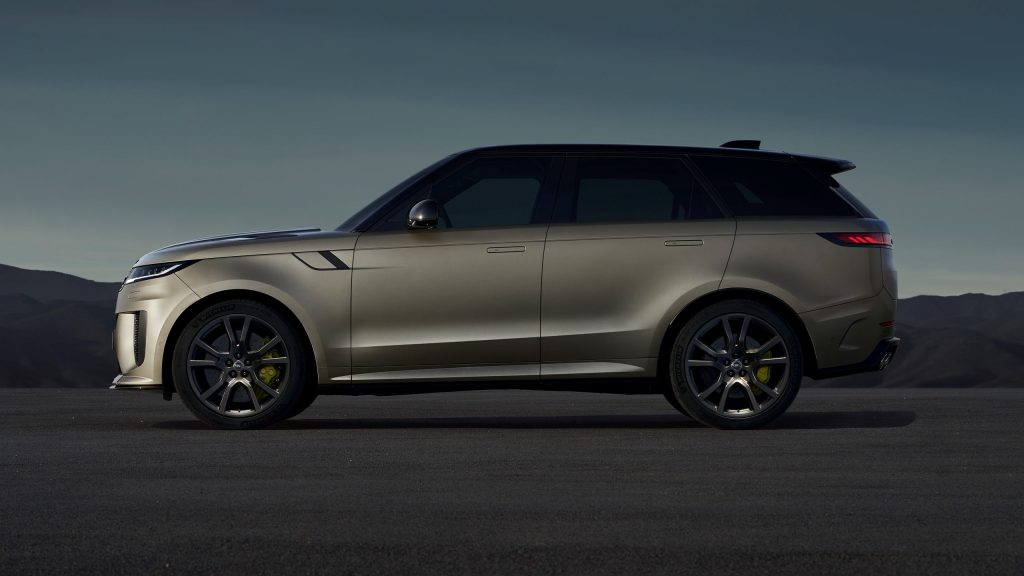
Compared to other Range Rover Sport models, the Sport SV rides between 10mm and 25mm lower, depending on the selected drive mode. Other drivetrain features include all-wheel steering, torque vectoring via the brakes, an active locking differential, and more.
There’s also a new electronically power-assisted steering rack which has the fastest turn ratio of any other Range Rover to date.
Of course, this is still a high-end product so it needs to retain some professionalism, so its appearance remains fairly subtle. The only real giveaways of its sporting stature are a few shouty vents up front, athletic lower body lines, and a newly-styled rear-end complete with a quad-exit exhaust.
It can be said that the new aesthetic additions are all about function with the front grilles funneling air through the SUV’s various radiators and intakes, alongside the plethora of weight-saving carbon fibre elements dotted around the car.
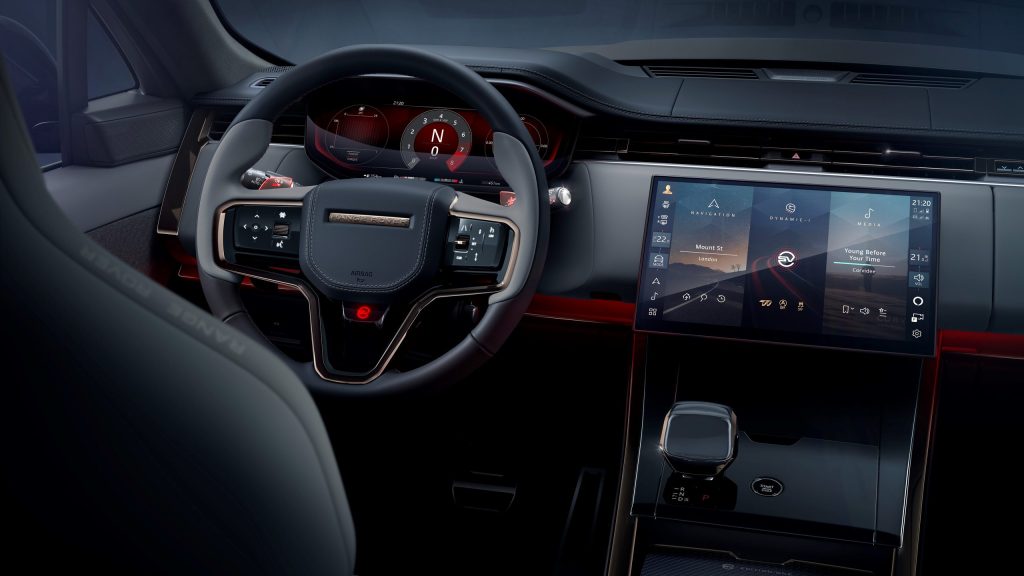
Continuing the functional theme inside is the carbon fibre-backed seats with integrated headrests. New Ultrafabrics PU upholstery can be optioned too, while the shift paddles on the steering wheel now light up around the edges.
Adding to the experience is the new Body and Soul Seat (BASS) system which enables occupants in the front seats to quite literally feel the sound of music played through the vehicle’s speakers. It makes use of transducers and Subpac AI software to generate vibrations in combination with the 29-speaker Meridian Signature Sound System. BASS can also be used as a wellness tool, channeling calming or alerting vibrations through a choice of six different tracks.
The new Range Rover Sport SV is priced at £171,460 (NZ$353,197) for the Edition One, which has already sold out. We can expect to hear further details on local pricing and specification when the SUV eventually makes its way to New Zealand.


